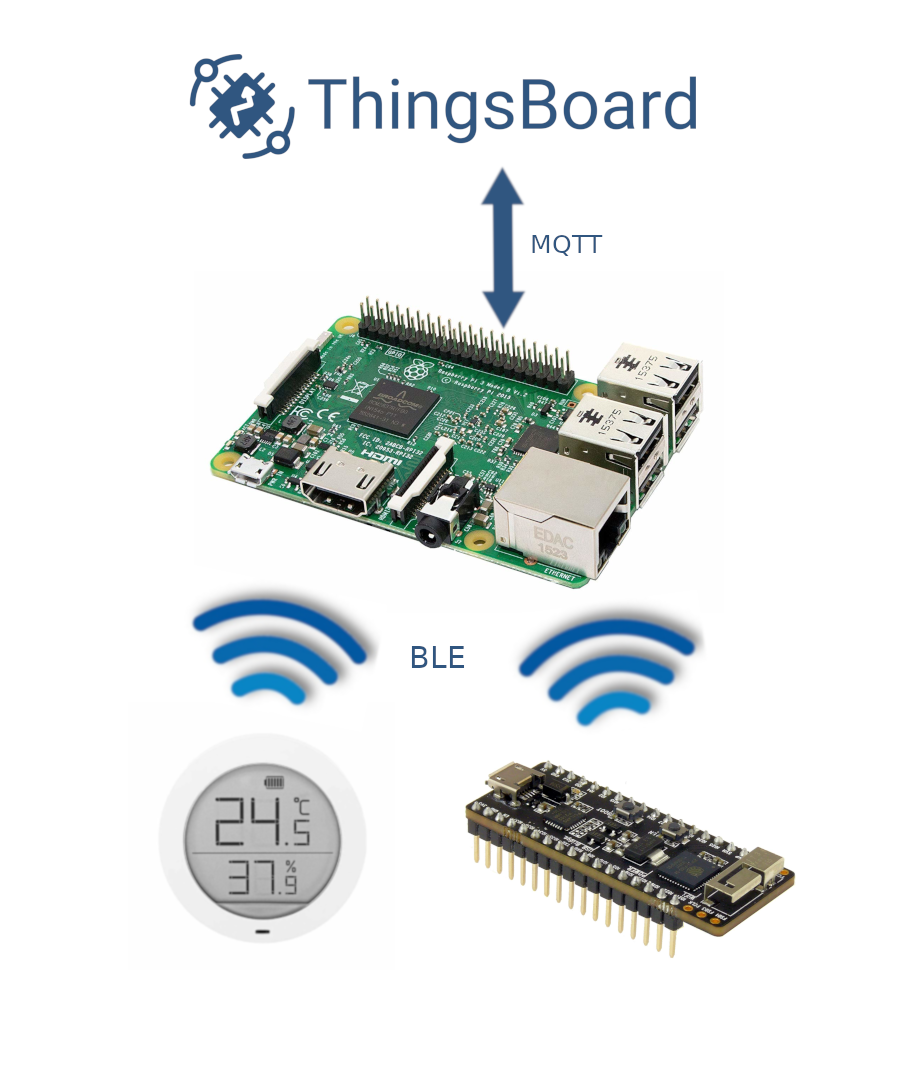

- #Lsusb esp8266 serial number#
- #Lsusb esp8266 generator#
- #Lsusb esp8266 serial#
- #Lsusb esp8266 software#
- #Lsusb esp8266 Pc#
UHCI / OHCI / EHCI host controller compatible. Fully integrated AVCC supply filtering – No separate AVCC pin and no external R-C filter required. Fully integrated clock – no external crystal, oscillator, or resonator required. True 5V / 3.3V / 2.8V / 1.8V CMOS drive output and TTL input. Integrated level converter on UART and CBUS for interfacing to 5V – 1.8V Logic. Integrated 3.3V level converter for USB I/O. Support for bus powered, self powered, and high-power bus powered USB configurations. #Lsusb esp8266 serial#
Device supplied preprogrammed with unique USB serial number. #Lsusb esp8266 serial number#
Integrated 1024 bit internal EEPROM for I/O configuration and storing USB VID, PID, serial number and product description strings. Synchronous and asynchronous bit bang mode interface options with RD# and WR# strobes. 256 Byte receive buffer and 128 Byte transmit buffer utilizing buffer smoothing technology to allow for high data throughput. FIFO receive and transmit buffers for high data throughput. New 48MHz, 24MHz,12MHz, and 6MHz clock output signal Options for driving external MCU or FPGA. Transmit and receive LED drive signals. Auto transmit buffer control for RS485 applications. In-built support for event characters and line break condition. Data transfer rates from 300 baud to 3 Megabaud (RS422 / RS485 and at TTL levels) and 300 baud to 1 Megabaud (RS232). 

#Lsusb esp8266 software#
Fully assisted hardware or X-On / X-Off software handshaking.UART interface support for 7 or 8 data bits, 1 or 2 stop bits and odd / even / mark / space / no parity.Entire USB protocol handled on the chip – No USB-specific firmware programming required.Single chip USB to asynchronous serial data transfer interface.Press releases, articles and web links related to the FT232R can be found here.Ī frequently asked questions page has been created here. The FT232R is available in Pb-free (RoHS compliant) compact 28-Lead SSOP and QFN-32 packages. A unique number (the FTDIChip-ID™) is burnt into the device during manufacture and is readable over USB, thus forming the basis of a security dongle which can be used to protect customer application software from being copied. The internally generated clock (6MHz, 12MHz, 24MHz, and 48MHz) can be brought out of the device and used to drive a microcontroller or external logic. The FT232R adds two new functions compared with its predecessors, effectively making it a “3-in-1” chip for some application areas. USB to serial designs using the FT232R have been further simplified by fully integrating the external EEPROM, clock circuit and USB resistors onto the device. In addition, asynchronous and synchronous bit bang interface modes are available.
#Lsusb esp8266 generator#
The FT232R is a USB to serial UART interface with optional clock generator output, and the new FTDIChip-ID™ security dongle feature. I get commissions for purchases made through links in this table.The FT232R device is added to FTDI’s range of USB UART interface Integrated Circuit Devices. The following table gives you an overview of all components and parts that I used for this tutorial, but you only need one Raspberry Pi and one DHT temperature and humidity sensor.
If the Raspberry Pi is connected via USB directly to the socket than you can use the power supply via the USB connection to the Raspberry Pi to power both the Pi and the Arduino. In case of you used Arduino Uno we use the DC barrel power jack. Good to know that there are two other possibilities to save the power supply as you can read in the different article about the micro-controller: Arduino Mega, Arduino Uno, Arduino Nano. Also this was my first idea and I tried this possibility, but the power supply of the Raspberry Pi broke down and the Pi shut down. #Lsusb esp8266 Pc#
In this case you have to find another power supply for the Arduino because the PC or Laptop is not able to supply both the Raspberry Pi (~ 700mA/5volt) and the Arduino (~ 40-50mA/5volt).
The Raspberry Pi is connected via USB to a PC or Laptop. In general we have to differ between two use cases. But in case of the Arduino the USB cable connection is blocked by the connection to the Raspberry Pi. We can power the Raspberry Pi as usual about the micro USB port on the side of the unit. The power supply for the Pi is not restricted by the serial communication. Now let us talk about the power supply for the Raspberry Pi and the Arduino. As mentioned before we use an USB cable for the Arduino to Raspberry Pi communication.







 0 kommentar(er)
0 kommentar(er)
